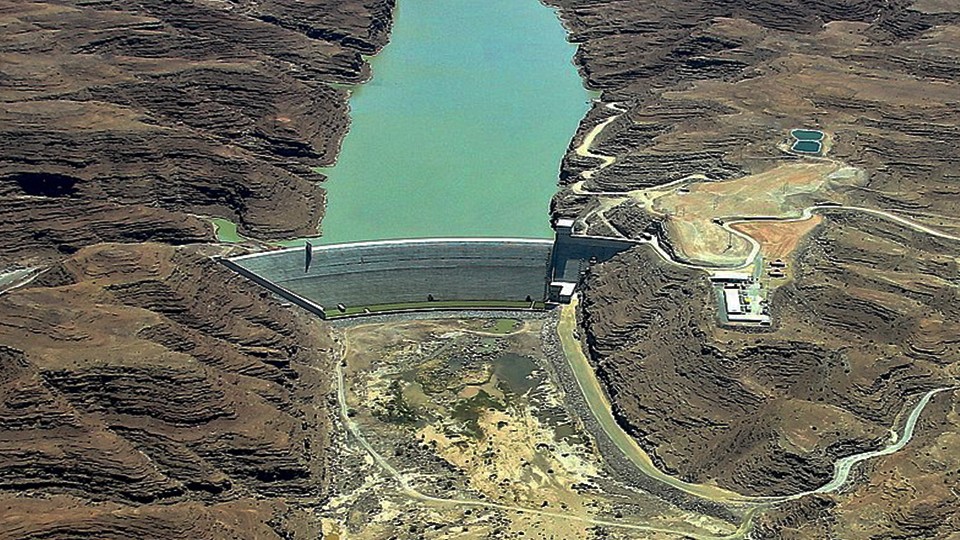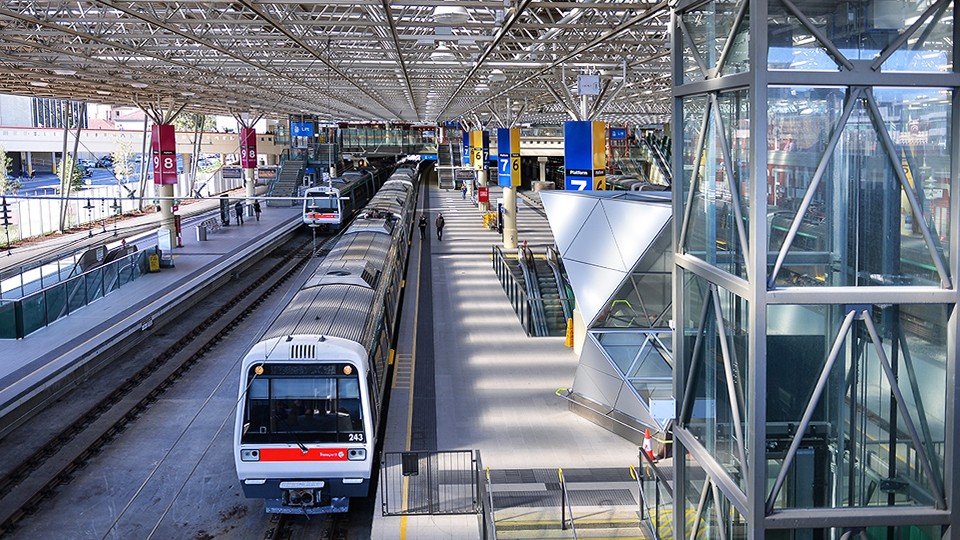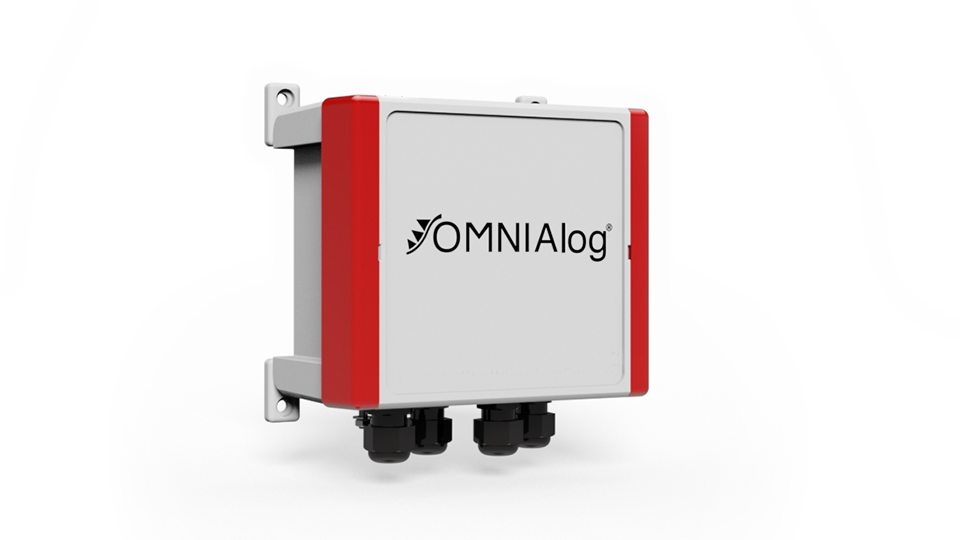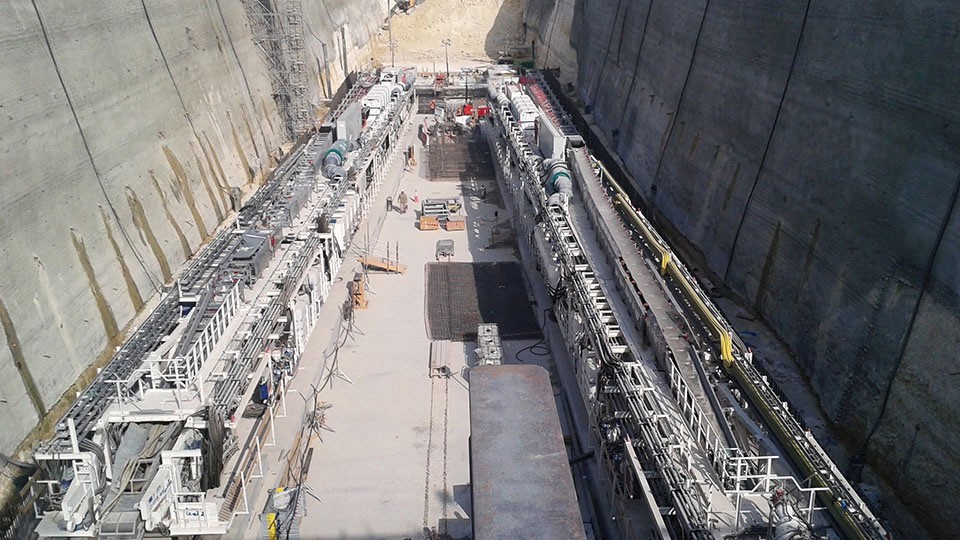Neckartal Dam project

In March 2020 the huge dam of Neckartal was inaugurated in Namibia. This dam is fundamental to bring water to the Namibian desert and irrigate 5 thousand hectares of land, stimulating the agriculture and creating employment. This work, realized with the RCC technology (Roller-Compacted Concrete), is the biggest dam of Namibia: 80m high, 518 long […]
Forrestfield Airport Link

“The $1.86 billion Forrestfield-Airport Link is jointly funded by the Australian and Western Australian governments and will deliver a new rail service to the eastern suburbs of Perth – with three new stations at Belmont, Airport Central and Forrestfield.The rail link will connect with the existing Midland line near Bayswater Station and will run to […]
Enregistreur de données Mini-OMNIAlog

Codes de référence: MINIOMNIA Mini OMNIAlog est un enregistreur de données à 4 canaux conçu pour l’utilisation dans les environnements difficiles; il combine haute précision de mesure, simplicité d’installation et un web-logiciel de gestion embarqué. PRINCIPALES CARACTÉRISTIQUES: Aucun logiciel requis Ports de communication USB 2.0 Hautes performances sur toute la plage de température de fonctionnement(de […]
Center for Monitoring of impact of infrastructures on environment, Bucharest – Romania

Under EU financing, a Center for monitoring of impact of infrastructure on environment has been created within Technical University of Bucharest.The project was developed though an International Tender which was awarded to SISGEO. The aim was to provide Technical University with comprehensive list of geotechnical equipment, in order to allow University specialist to deal with […]
Doha Metro – Green Line – Settlement monitoring with MPBX – Qatar

The Doha Metro is part of the Qatar Integrated Rail Programme, which also includes the Lusail City LRT, 38.8 km with 36 stations to be completed in 2016; the West Bay people-mover, a 10 km dual-track, single-bore tunnel with 19 underground stations, linking the new Doha Convention Centre with the West Bay area; a high-speed […]
FAQ#111 – Why I cannot read correctly my 4-20mA current loop gauge?
It could be a problem connected to the power supply given by the readout or logger. When the power supply is in the current loop (2-wire gauge) it is necessary to consider the effect of voltage drop across the shunt resistor on the voltage applied to the gauge. For example, suppose a 4-20mA gauge requires […]
FAQ#086 – Comment résoudre le problème de connexion dial-up dans Windows avec quelques langues
En créant la connexion à distance dial-up pour communiquer avec miniOMNIAlog en utilisant certaines versions de Windows dans des langues autres que l’italien et l’anglais, pourrait apparaître une erreur inhérente les drivers du Modem Standard 56000bps utilisé pour la connexion. Ce problème peut se produire soit en configurant manuellement la connexion, qu’en utilisant le logiciel […]
FAQ#082 – Faut-il prendre des précautions quant au nombre de mesures sauvegardées dans la mémoire de OMNIAlog / miniOMNIAlog?
OMNIAlog est équipé avec une mémoire 2GB microSD. Cette mémoire permet de sauver une nombre très élevé de lectures. Pour cette raison, il est nécessaire de se rappeler ce qui suit: Par conséquent, SISGEO recommande de télécharger les données périodiquement et de vider la mémoire de l’OMNIAlog Cette opération est nécessaire pour garantir un téléchargement […]
FAQ#080 – Quelle taille fera mon fichier .CSV « en colonnes » contenant les mesures acquises avec OMNIAlog et miniOMNIAlog?
La taille du fichier de mesures « en colonne » téléchargé avec OMNIAlog et miniOMNIAlog varie selon le nombre de capteurs acquis et le cycle d’acquisition utilisé. Plus le nombre de capteurs acquis et de cycles d’acquisition sont élevés, plus la taille du fichier est grande. La formule suivante peut être utilisée pour avoir une […]
FAQ#079 – Est-il possible d’envoyer des messages en cas d’alarme avec miniOMNIAlog?
Oui, si miniOMNIAlog est équipé avec un modem 2G (GSM/GPRS). L’utilisateur doit avoir déjà configuré toutes les pages Internet associées.
FAQ#076 – Pourquoi est-il nécessaire d’ajouter une résistance de terminaison au dernier capteur numérique de chaque chaîne RS-485?
Tous les instruments numériques SISGEO (IPI, clinomètres, H-Level…) utilisent le protocole de communication série RS-485. Le protocole RS485 requiert l’ajout d’une résistance de terminaison. La connexion recommandée pour une chaîne utilise des nœuds « point à point » (multidropped) en mode bus (line). Les connexions réseau en étoile, circulaires ou ramifiées ne sont pas recommandées. […]
FAQ#074 – Quel type d’enregistreur de données est nécessaire pour lire les mesures des capteurs numériques SISGEO?
Les relevés des capteurs sont lus en connectant le câble à une unité maîtresse Modbus (à savoir, OMNIAlog ou miniOMNIAlog) avec une interface RS-485 (DCE, Half duplex, no Echo) en mesure de gérer la communication avec le protocole de communication Modbus RTU SISGEO. La documentation relative au protocole de communication de SISGEO est disponible sur […]








